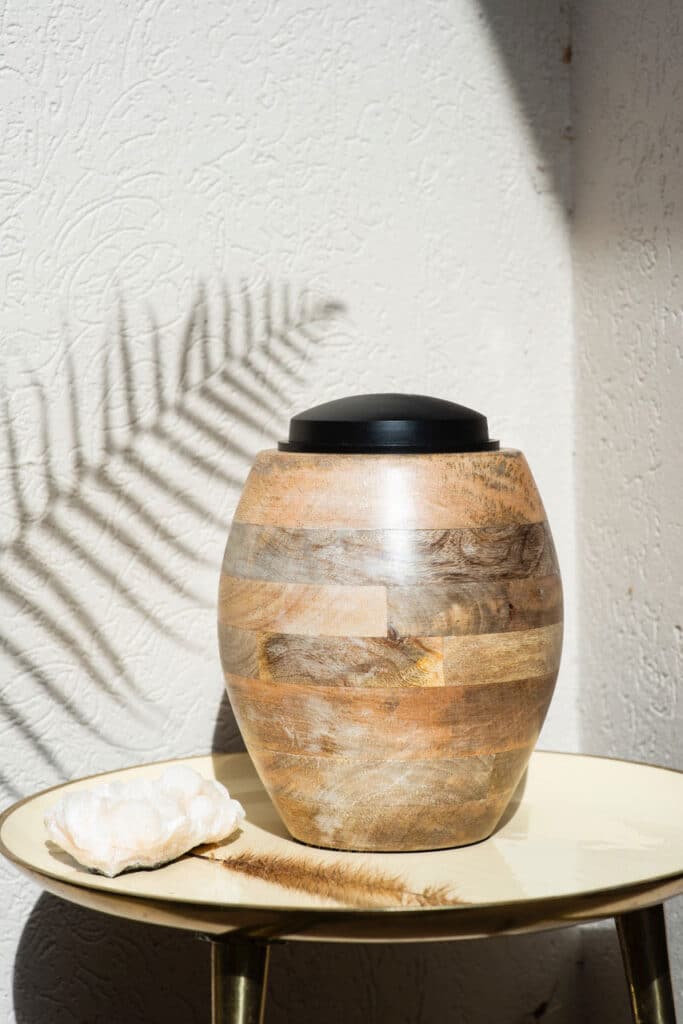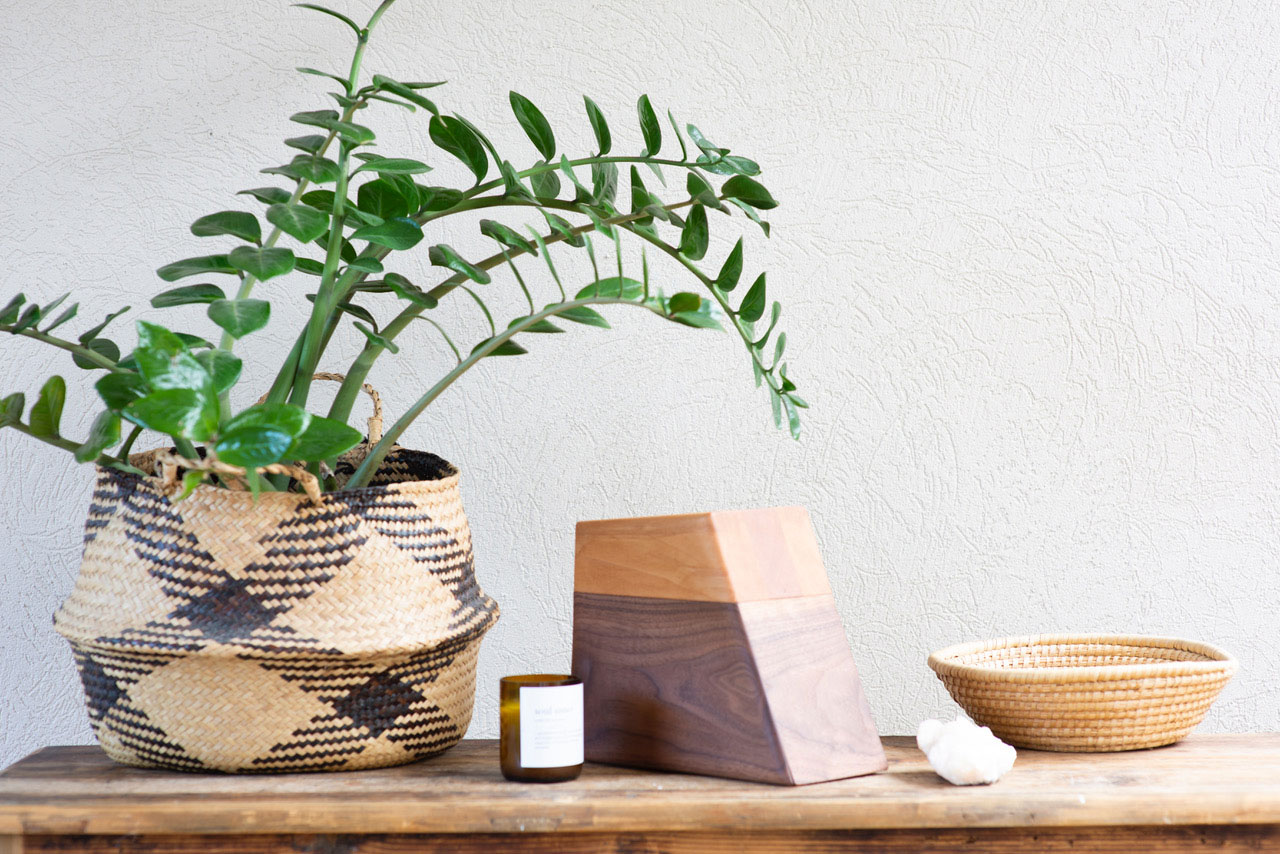As the world becomes more complicated with every passing year, an increasing number of people are choosing simpler ways to remember their loved ones. As a result, life celebration funerals are quickly becoming popular, with many Australians choosing direct cremation over traditional burial services.
Direct cremation, also referred to as “no service, no attendance” cremation (NSNA), is where the remains of the departed are cremated without formal funeral rites. At the same time, direct cremation allows the families and friends of the departed to personalise the memorial service as best they can.
What You Can Expect from Direct Cremation
Outdoor funeral services, indoor memorial ceremonies become easier options in direct cremationas formal funeral arrangements or pre-funeral events are no longer necessary. Instead, attendees can hold a memorial service at a later date or flexible location, which makes the whole event more convenient while potentially saving a significant amount of money.
Direct cremation does not always involve wakes, viewings, or visitations either. This means that payments for funeral venues, embalming, and other preparations related to traditional funeral activities are no longer needed.
From the simplest arrangement to more detailed requirements, Picaluna’s direct cremation costs cover:
- The funeral director’s fees
- Storage of the deceased
- The removal of prosthetic parts, pacemakers, jewelry, and other items
- A simple coffin for the deceased
- Transportation costs
- Paperwork and documentation costs
- Crematorium fees
The General Process of Direct Cremation
The initial process of cremation usually depends on where the person has passed away. For instance, if the death was in a hospital or institution setting, then an employee or staff member will call a funeral provider to inform the event and provide details of the Next of Kin to the funeral director, or you can call them directly yourself.
Once the Funeral Director receives the contact details, they will discuss the process as well as answer any questions that the next of kin may have. After this, the funeral provider then coordinates with the hospital or institution in transporting the deceased into their care.
If the death happened at home, the caretakers or cohabitants will need to contact a medical person to verify the death. After the passing has been confirmed and a Life Extinct form has been issued, a funeral provider is the next point of contact in order to arrange the transportation of the deceased while all necessary documents are collected and completed accurately.
Forms for Death Registration, Organ Donation, and Cremation
Normally, organs are not removed prior to a direct cremation unless intended for organ donation. If the deceased had prior instructions for organ donation, then the Next of Kin has to give their consent first. This will not affect the cremation service, as confirmed with Donate Life, Australia’s organ donation registry.
While each state in Australia has slight differences, the Next of Kin typically fills out the formsfor Registration of Death Information and Application for Cremation, provided by the Funeral Director. At the same time, the Funeral Director collects all necessary medical documents and paperwork. Once everything has been completed and processed, the deceased is then transferred to the crematorium.
More often than not, cremations take place on the day of the funeral service or the following day, depending on the time of the service. For direct cremation, the body is typically cremated before the memorial service. Usually, the Funeral Director will advise the cremation date unless otherwise requested.


The Cremation Process
When the body is ready for cremation, it’s best to keep jewellery, watches, or rings off the body of the deceased. Aside from these, pacemakers and other battery-operated devices are removed prior to cremation. However, family members and friends can place flowers, letters, cards, and even soft toys inside the coffin.
Once the cremation process is about to begin, the nameplate on the coffin is verified with the cremation order. This will ensure that the correct body and identity will be cremated. As an additional safeguard, the coffin comes with relevant information on a card that will accompany the cremated ashes that are returned to the family or friends.
The cremator is a small cubicle that can fit a standard-sized coffin. The internal heat-resistant brick-lined chamber is then heated to 800 to 1000 C. While it is heating, the hard metal parts of the coffin are removed. Once everything is ready, the coffin is slid into the chamber feet first.
Cremation time can vary from person to person since the body mass and bone density can affect the length, aside from the coffin material. Generally, the body of an average-sized person can take about two to three hours although some new cremation chambers can take less.
Once the body and the coffin have been reduced to ashes, the remnants are left to cool on a tray. Once cooled, any metallic remnants will be removed while the larger remnants are ground into fine ash powder similar in consistency to sand.
General Post-Cremation Arrangements
The ash is then placed in a sealed container such as an urn. After the cremation, the ashes are given to the person who filled out the Application for Cremation. Generally, it can take up to a week for the ashes to be returned, although some can have it ready earlier.
Once this is done, the memorial service can be held if there is a need for one. Family and friends of the deceased can be in command of the memorial service or celebration of life, however using a modern funeral arranger like Picaluna Funerals will make the planning and process easier.
The Funeral Service, Memorial Service, and Celebration of Life
Funeral services for cremation are similar to those of burials, except for the graveside service elements. The length of the cremation service will depend on the selected activities although most take anywhere from 30 minutes to an hour.
Longer services can be arranged with the Funeral Director, but it usually comes with additional fees. Generally, the order of the service is found in a booklet that informs mourners of the details, such as prayers, readings, and songs.
Depending on the list, the service can include eulogies, poems, videos, or music that are significant to the deceased person’s life. The service usually ends with a committal, which is a formal farewell of the departed.
Cremation with memorial services is simpler since the cremated remains don’t need to be present. People can still honor the dead at a time and place that is best suited for everyone. The service can be as simple or as detailed as preferred.
The simplest and most affordable cremation plan is the one without ceremony. Here, the deceased is cremated right after passing without embalming, visitation, or viewing. This direct cremation option makes it a very affordable choice. Some families prefer to hold a celebration of life, which is a tribute to the deceased. This is often held right after the cremation. Some celebrations of life are simple events, such as eating at the favourite spot of the deceased. Others take more preparations, which can include favourite dishes, slideshows or presentations, and reminiscing fondly about the departed.
In more cases than not, a funeral celebrant is in charge of writing and delivering the funeral service to ensure your person is commemorated in the most special way.. Most attendees agree that it is one of the best ways to treat a loved one’s death with joy and acknowledgement instead of grief and regret.
The Final Goodbye
Once the cremation has taken place, we will return your ashes in a container, or you can have them buried in cemeteries or placed in columbariums. Columbariums are spaces designed to hold funeral urns.
Others prefer to keep the ashes in decorative urns and containers at home, while some prefer to scatter the ashes of their loved ones. When scattering the ashes of loved ones, it should be noted that there are special considerations.
Each state and territory has varying regulations when it comes to scattering ashes in public places. The ashes may impact the environmental balance. As such, getting permission from the local council is recommended to avoid legal implications.
This means ashes scattered in parks, beaches, and other public areas need to be carefully considered. This is especially true for having the remains float away at sea. Specialbiodegradable water urns are required to make this possible as well as permission from the master of the vessel.
When scattering the ashes on private land, always consult with the owner. This still holds true even if the land belongs to the family or friends of the deceased. If you need to travel within Australia to scatter the ashes, check with the local area if they have specific requirements.
Some families opt to have their deceased as living memories in the form of trees, plants, or flowers. These living urns may be buried with the seeds or roots of trees or shrubs that are significant to the deceased, represent the departed, or hold special meaning to the living.
Others prefer to keep the deceased close in the form of personal jewellery. The ashes can be turned into diamonds that can be worn in pendants, rings, earrings, or bracelets. There are also beautiful jewellery pieces designed to hold cremated ashes safely and securely.
The Benefits of Direct Cremation
With more people realizing the importance of holding personal intimate rites over formal and public ceremonies, direct cremation has increased in favour. The typical pomp and pageantry associated with old-fashioned funeral programs have given way to non-traditional funeralservices that celebrate the life and memories of the departed.
Several factors to the continuing popularity of direct cremation come into play, which include:
More Sense of Intimacy
Direct cremation offers the family and friends of the departed to say farewell in a more intimate setting compared to a traditional funeral service. The simplicity of cremation services means that there are fewer complications, which ultimately makes things easier to process. The whole situation comes out more personal, reassuring, and conclusive.
Lower Overall Cost
With direct cremation, costs are visibly lower. The cremation cost makes it more appealing for people who are unable to afford traditional funeral services. Direct cremation services usually cost almost a third of the price of traditional services in Australia, which can greatly affect the decision-making capabilities of those left behind.
Traditional funeral services may carry a lot of expenses such as fees paid for funeral directorsand funeral venues, as well as headstones, cemetery plots, and other associated natural burialservices. In most cases, the bereaved often select direct cremation with funeral service as an option since the lower costs can give them more leeway.
Direct cremation also allows the living to heal from the death of their loved ones in a more private manner. Plus, it can be difficult for many people to attend events such as traditional funeral services due to distance or time constraints.
More Flexibility
A traditional funeral or memorial service often requires attendees to be present at a certain time and place. These days, most people have full schedules and activities that need to be fulfilled.
Direct cremation funeral services can allow people who have time constraints to be more present during this stressful time since the cremation itself can be arranged differently from the services.
For cremation funeral services Sydney has shown to be quite adaptive when it comes to usingmodern technology. When planning a memorial service program, funeral live streaming is now taken into consideration by most funeral directors. A live stream funeral service can also be participated by people who are not able to be physically present yet still wish to pay their last respects, allowing them to transcend budgets, countries, and time zones.
Ethical Impact and Awareness
An increasing number of Australians are becoming more aware of the environmental footprints they leave behind, including those associated with traditional burial services. Direct cremation has a lower carbon footprint since it does not require maintenance costs associated with cemetery plots.
Aside from this direct cremation reduces the need to produce coffins, which involve the annual cutting down of millions of trees. The casket manufacturing industry by itself already brings in additional environmental safety hazards and pollution.
Increased Portability
Cemetery plots can landlock the dead. While it can be comforting to physically visit their resting places from time to time, not everyone can have that convenience. Direct cremation allows families and friends to bring a part of the departed with them wherever they are.
Some of the most popular ways to house cremated ashes are urns, which can be easily moved from place to place. There are many types of urns, which can function as more than a safe storage space for cremated ash.
For instance, some urns can store the ash aesthetically as planters. Not only do these hold the memories of cherished ones, but they can also represent growth from loss when used as plant containers. Some can even be planted right into the ground and grown as a tree of your choice, making it a very ecological choice while being symbolically poignant.
While some prefer to have a scattering ashes ceremony, it can add a new dimension to the plan. Permission has to be obtained from the local council unless you own the land. Aside from using urns, people have started to have their loved one’s ashes turned into diamonds or pieces of jewellery as beautiful keepsakes of their beloved.
The Key Takeaway
Direct cremation is the simplest and even the most profound way to celebrate the life of someone who has passed on. In fact, there is a growing preference for most Australians to opt for direct cremations without any formal ceremony or service, sometimes known as No Service, No Attendance (NSNA).
In a time where simplicity and significance outclass complicated traditional rites, NSNA cremations followed by a more informal ceremony, may quickly take the top spot when it comes to sending off the departed. Not only is NSNA cremation a more affordable choice, but it is also a more thoughtful and convenient option by reducing the stress for everyone concerned during this difficult time.





